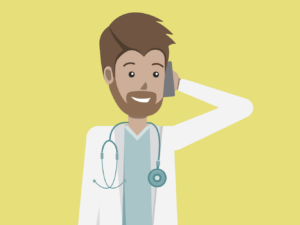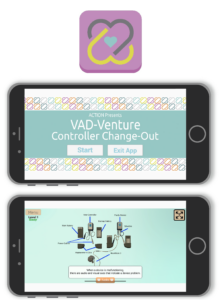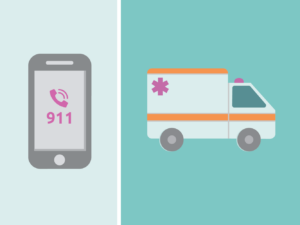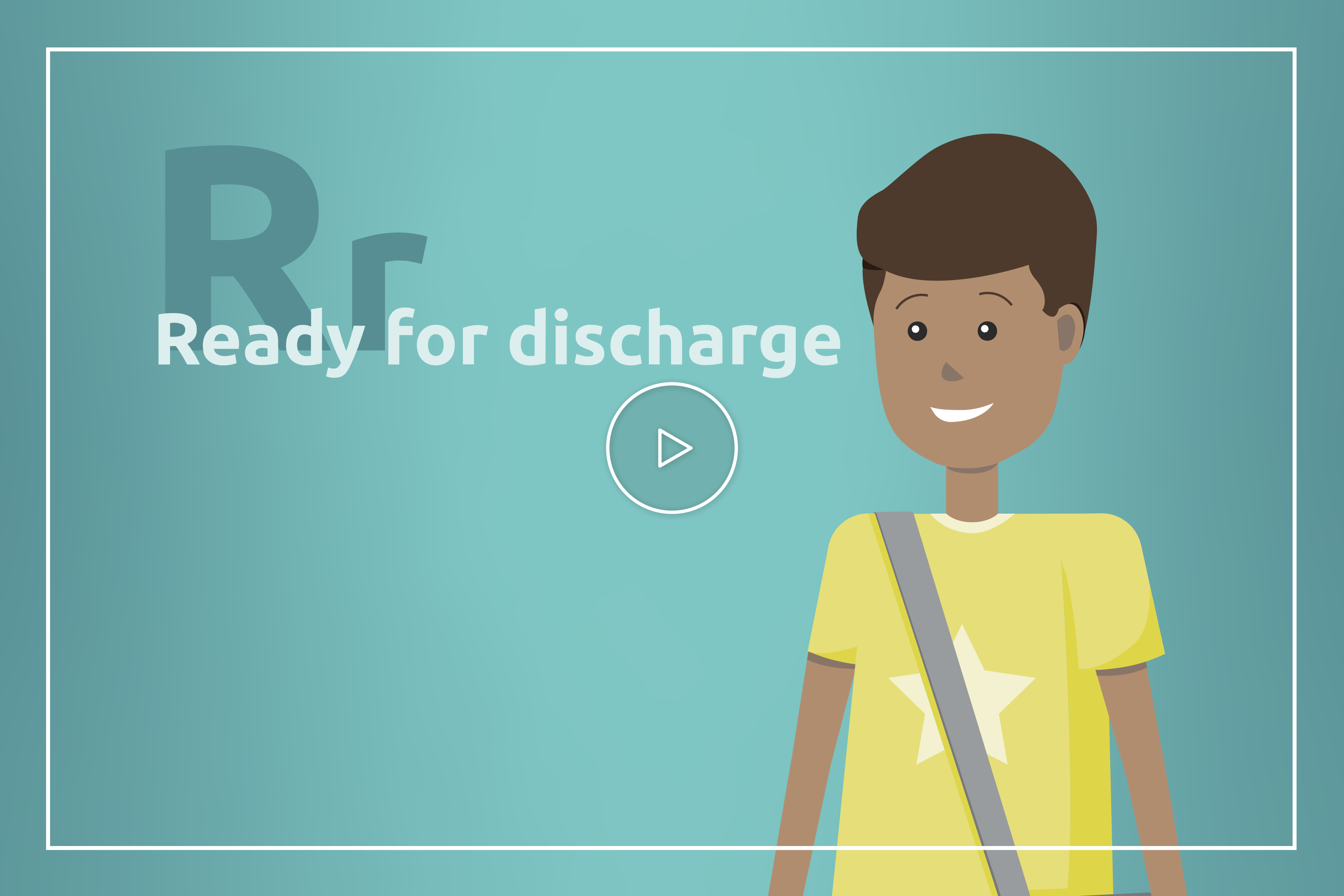Discharge
 As you recover from your surgery, there may be a period of time when you are required to stay near the hospital and have frequent clinic visits. Once the care team feels it’s safe for you to return home and go to school or work, multiple steps will occur to ensure your safety. Your care team will explain the specific accomplishments you must achieve in order to be discharged.
As you recover from your surgery, there may be a period of time when you are required to stay near the hospital and have frequent clinic visits. Once the care team feels it’s safe for you to return home and go to school or work, multiple steps will occur to ensure your safety. Your care team will explain the specific accomplishments you must achieve in order to be discharged.
When should you call your care team?

If you are discharged to go home, you will have a detailed communication plan. The plan will include a phone number to call. Your care team will want to hear about most everything. Examples include:
- Change in pump parameters, equipment issues, and alarms
- Blood pressure outside your goal ranges
- Changes in your diet
- New medicines
- Pain or bleeding
- Fever
- Changes to driveline sites
- Red, pink, cola, or tea colored urine
- Changes in your mood or anything else you feel uneasy about
Learn more about how to get ready to leave the hospital in the interactive below:
 Download our VAD-Venture iOS App for the HeartMate 3™ LVAD!
Download our VAD-Venture iOS App for the HeartMate 3™ LVAD!
Check out our VAD-Venture Controller Change-Out simulation app for iOS. This simulation game is designed to help you practice changing out the HeartMate 3™ LVAD controller, in return helping you build the confidence needed to properly care for your device.
Don’t have iOS? Practice your skills here.
What should I tell my local emergency services? (Medical Services/Fire/Utilities)
 Either you or your care team members should notify your local emergency medical department when you are discharged. It is nice for them to know you are at home with life-saving equipment. If you lose electricity, you must relocate to a new location. You can contact your care team if you have questions about what to do.
Either you or your care team members should notify your local emergency medical department when you are discharged. It is nice for them to know you are at home with life-saving equipment. If you lose electricity, you must relocate to a new location. You can contact your care team if you have questions about what to do.
- IMPORTANT: In the event that an emergency occurs, please tell the emergency medical services team you have a HeartMate 3™ LVAD.
Medical Safety Card
Always carry your medical safety card with you in case of an emergency. If you don’t have a medical safety card, download and fill out the ACTION VAD Emergency Medical Safety Card below.

